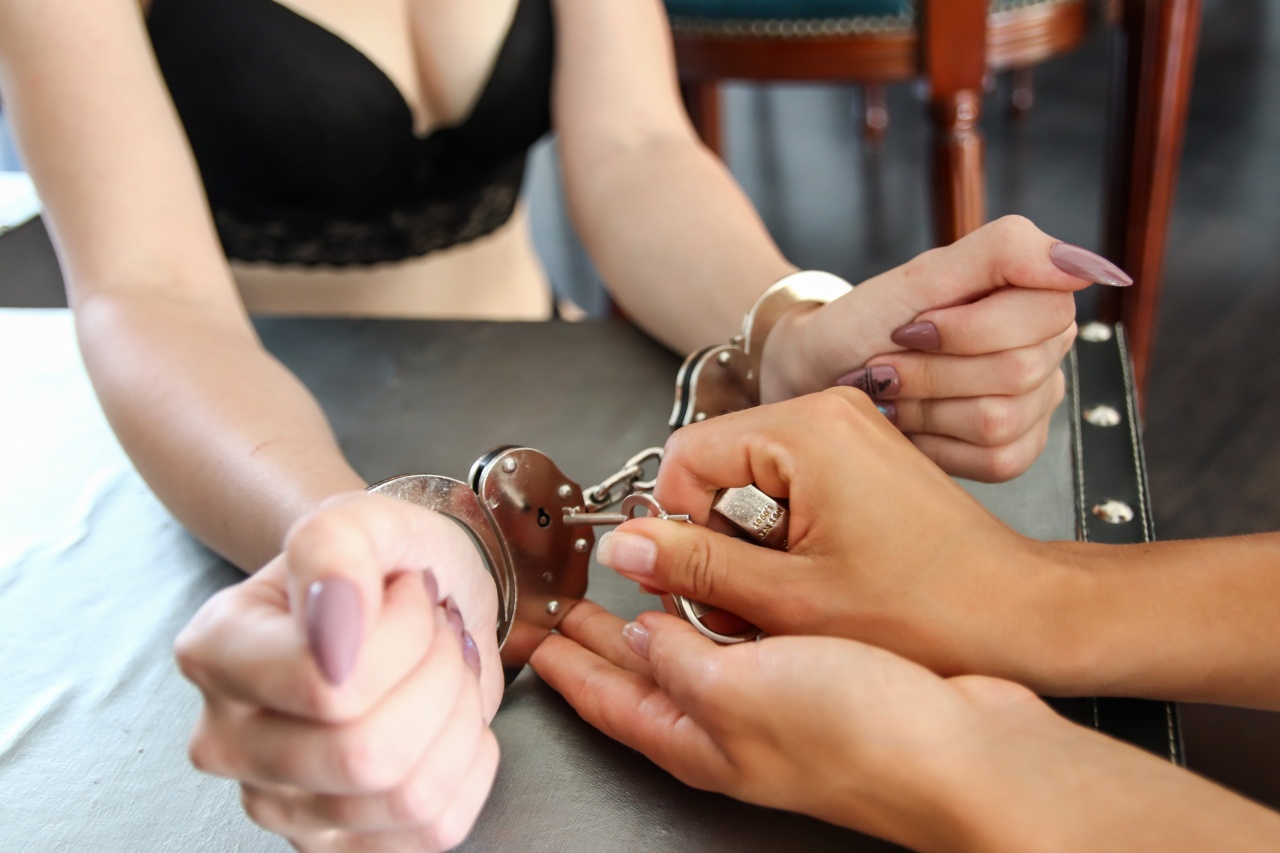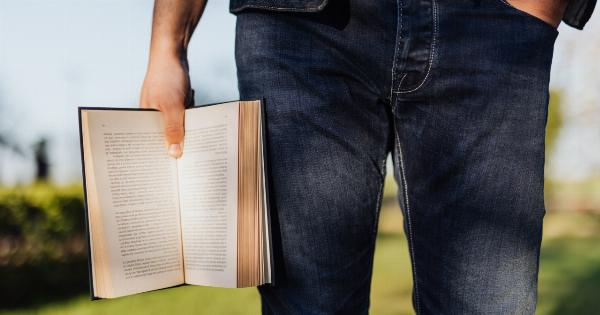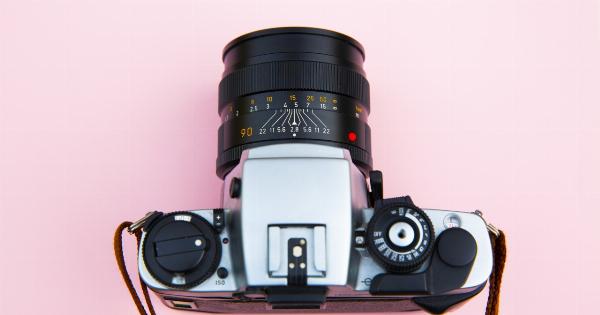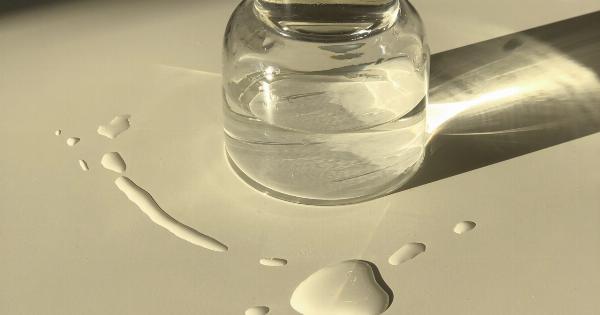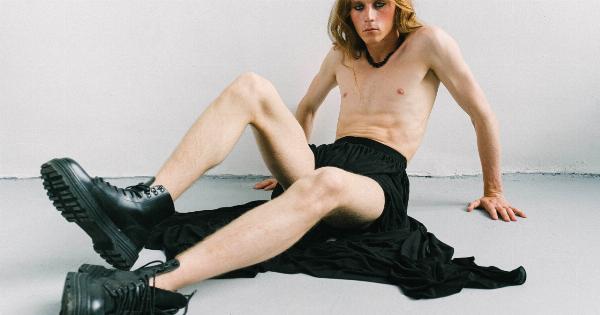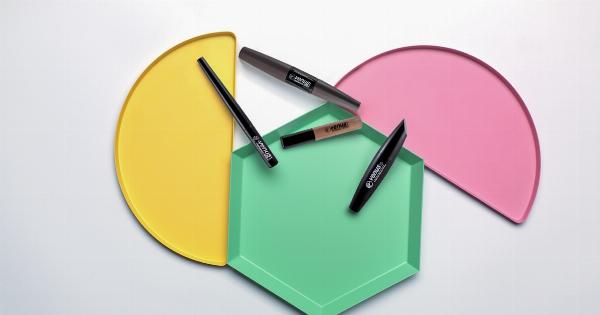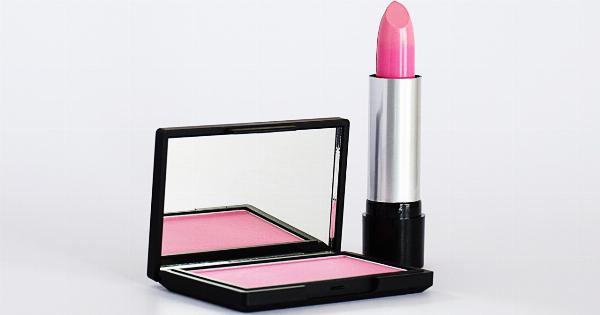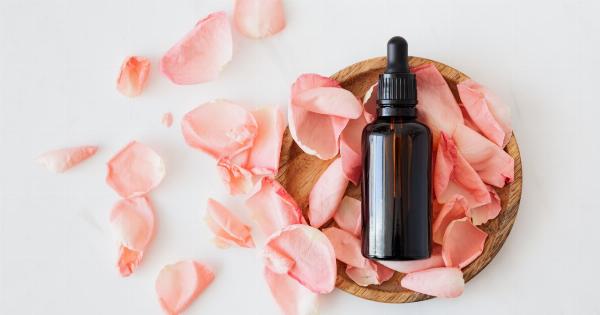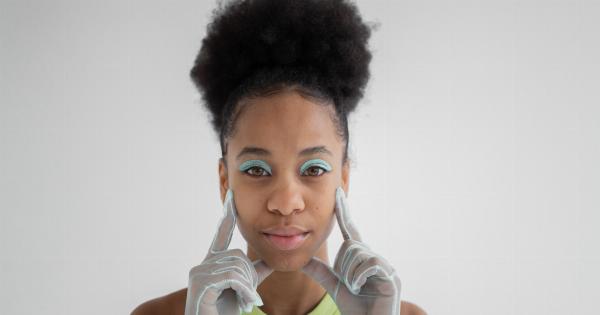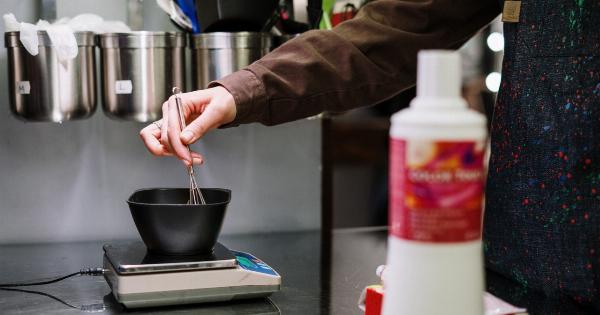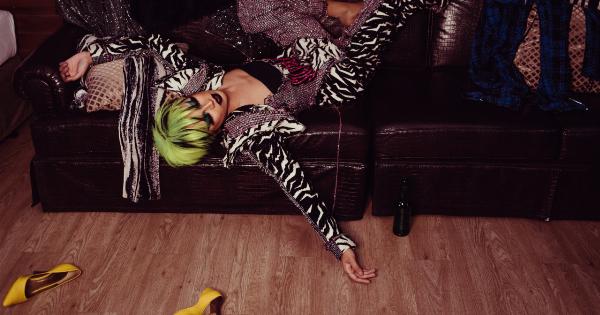Beauty is a concept that has been explored throughout history and is something that is highly desired by people all over the world.
It is often associated with physical appearance, but what truly determines beauty? Is it something that can be measured objectively or is it subjective and dependent on personal opinions? To answer these questions, we need to understand the different factors that contribute to beauty.
The Role of Genetics in Beauty
Genetics plays a significant role in determining our physical appearance, including our facial features, hair and skin color, body shape, and height.
These characteristics are inherited from our parents, and as a result, some people are considered naturally beautiful due to their genetic make-up.
Studies have shown that facial symmetry is one of the most important factors in determining beauty. People who have symmetrical features tend to be perceived as more attractive than those with asymmetrical features.
This is because facial symmetry is an indicator of good health and genetic fitness, which are desirable traits in a potential mate.
In addition to facial symmetry, other genetic factors such as skin type, hair texture, and body shape also play a role in determining beauty.
However, despite the genetic contribution to beauty, it is important to remember that there is no one-size-fits-all definition of beauty, and what is considered beautiful in one culture or society might not be the same in another.
The Influence of Culture and Society on Beauty Standards
Beauty standards vary widely across cultures and societies. In some parts of the world, fair skin is considered the epitome of beauty, while in others, tanned skin is preferred.
Similarly, body shape preferences also differ, with some cultures valuing fuller body types and others favoring slimmer body types.
These beauty standards are not innate but are instead learned through cultural and societal influences. The media, fashion industry, and beauty industry are some of the biggest influencers when it comes to determining beauty standards.
These industries shape our perception of what is beautiful and what is not by promoting certain body types, facial features, and skin tones as desirable.
For instance, in Western societies, having a slim body is often seen as beautiful, while some African cultures value fuller body types as a sign of health and wealth.
Similarly, fair skin is generally favored in Asian cultures, while tanned skin is more desirable in Western cultures.
These differences in beauty standards highlight the subjective nature of beauty, and the fact that it is heavily influenced by cultural and societal norms.
However, it is important to remember that these beauty standards are not universal, and beauty comes in many different forms.
The Role of Personality in Beauty
While physical appearance is often associated with beauty, personality also plays a significant role in determining beauty.
People who are kind, confident, and outgoing are often perceived as more attractive than those who are rude, insecure, and introverted.
Research has shown that personality traits such as agreeableness, conscientiousness, and emotional stability are particularly important in determining how attractive someone is perceived to be.
These traits are associated with positive social interactions and can make a person more likable, which in turn, makes them more attractive.
In addition to personality traits, factors such as body language, facial expressions, and vocal tone also contribute to a person’s perceived attractiveness.
People who exhibit positive body language, such as maintaining eye contact and standing tall, are often perceived as more confident and attractive.
The Beauty Industry and the Perception of Beauty
The beauty industry is a multi-billion dollar industry that heavily influences the perception of beauty. Cosmetic products, plastic surgery, and fashion trends are just some of the ways that the beauty industry shapes our perception of beauty.
For instance, plastic surgery is a popular cosmetic procedure that many people undergo to change their physical appearance and achieve their ideal beauty standards.
However, plastic surgery can have its downsides, including physical risks, psychological effects, and financial costs.
Cosmetic products such as makeup, hair care, and skin care products are also widely used to enhance a person’s physical appearance.
While these products can help boost confidence and self-esteem, they can also create unrealistic beauty standards and promote the idea that physical appearance is the most important factor in determining beauty.
Fashion trends and clothing styles are also heavily influenced by the beauty industry, and can often be used to enhance a person’s physical appearance.
However, it is important to remember that fashion trends should not dictate what is considered beautiful, and that beauty comes in many shapes, sizes, and forms.
The Bottom Line
Beauty is a highly subjective concept that is influenced by a complex array of genetic, cultural, and societal factors.
While physical appearance is often associated with beauty, personality traits, behavior, and social interactions also play a significant role in determining how attractive someone is perceived to be.
The beauty industry has a significant impact on our perception of beauty, and it is important to remember that beauty comes in many different forms.
Ultimately, true beauty should be based on a person’s inner qualities, such as kindness, compassion, and confidence, rather than their physical appearance.
